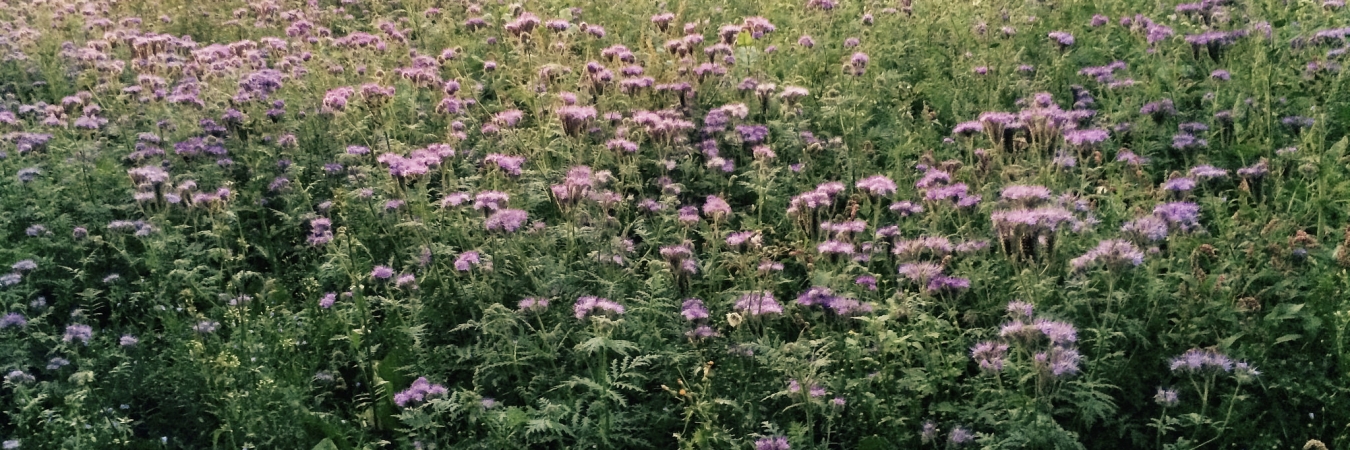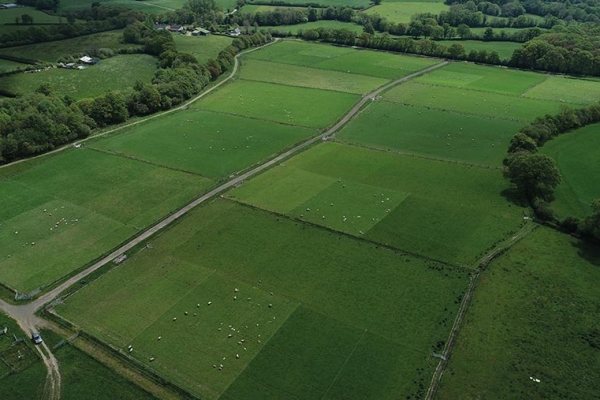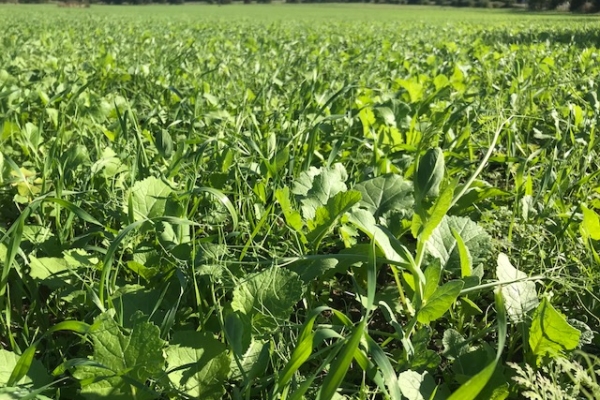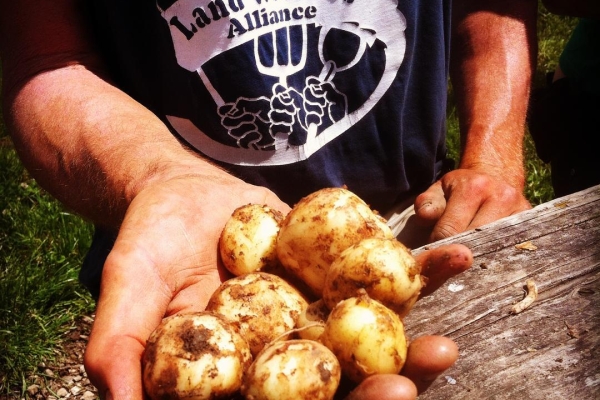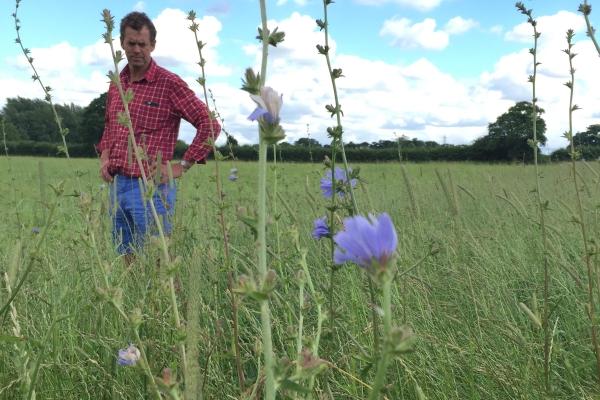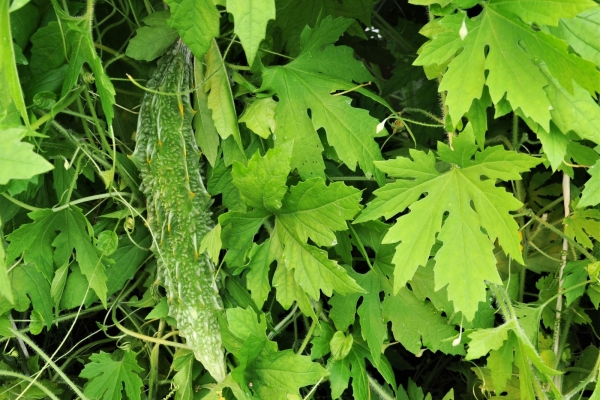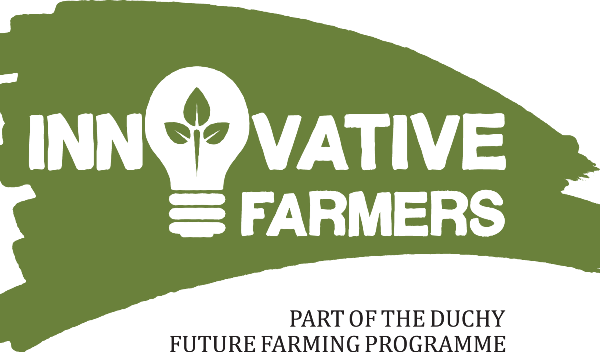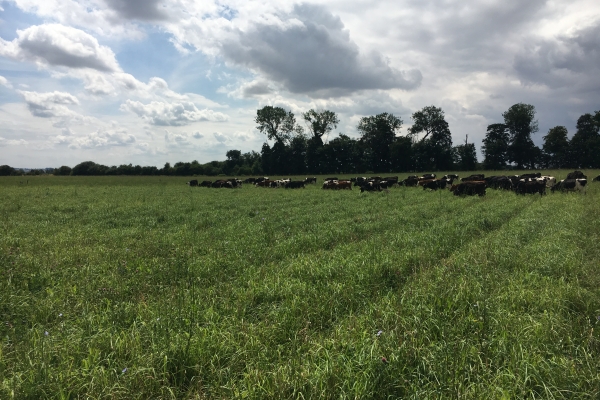Balancing crop production & wildlife management
During May, we explored the subject of farm wildlife and functional diversity – ways of producing effectively and productively through managing your farm for wildlife. Ian Wilkinson of Cotswold Seeds and manager of Honeydale Farm illustrates this brilliantly in his farmer profile. He extols the virtues of ‘diverse farming’, saying that “As farmers we are custodians of the land and we can’t keep taking from it without putting something back, but the beauty of diverse farming is that it’s a win-win system. For instance, planting trees and hedges provides shelter, making it easier to bring livestock back onto arable land. This in turn enhances the soil, adding value to food products and at the same time creating a habitat for farmland birds and beneficial insects, such as bees.” At the heart of the crop rotation at Honeydale is a four year deep rooting herbal ley, “a complex mixture of grasses, legumes and herbs, which bring a range of benefits to forage, livestock health and soil fertility.”
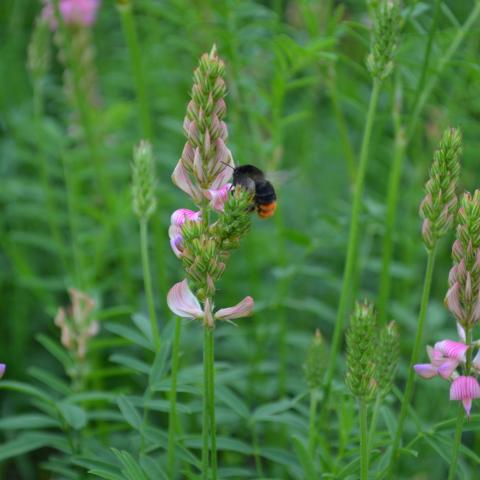
Herbal leys can be hugely beneficial for encouraging pollinators, which are the topic of focus of one of our featured blogs, ‘Providing for pollinators – what’s the buzz?‘ Sarah Baker, from the Greater Lincolnshire Nature Partnership (GLNP) asks if we could do more to support pollinator conservation on farmland without taking more land out of production or incurring significant costs to establish and manage enhancements. She describes some of the fantastic work the GLNP have been carrying out in an effort to identify what more can be done on farmland to complement existing stewardship schemes without costing farmers significantly in terms of initial outlay and ongoing management, and what more could be done to support wild pollinators generally… The GLNP have produced this useful guide detailing some practical actions you can take on your farm.
On a similar note, a report by the Game & Wildlife Conservation Trust (with support from the Frank Parkinson Agricultural Trust), looks at how biodiversity off-setting (minimising environmental impacts by ensuring any negative farming impacts are compensated for elsewhere) can be achieved in conjunction with agricultural production. It outlines some really useful practical measures you can take to help ensure that biodiversity decline is halted and reversed.
Chapters from WildCRU’s Wildlife & Farming handbook summarise ways in which the biodiversity value of crops and grassland can be enhanced. It is emphasised that productive fields are used by many wildlife species at different times of the year and some measures you can take to increase their value for wildlife such as providing conservation headlands, sowing cereal crops in the spring, undersowing, and overwintering stubbles are highlighted. Another chapter from the handbook focuses particularly on creating and managing habitats for invertebrates, emphasising the importance of creating a mosaic of habitats across the farm. Of course farmland habitats form part of the wider landscape. One of FWAG’s featured resources in May describes the core themes of Integrated Local Delivery, outlining how to build environmental management plans up from a local level, with community knowledge and support as a central component.

Kathryn Smith describes in her blog ways in which the Farm Wildlife Partnership can be of benefit to farmers; not least through providing farm-specific guidance. “We take a holistic approach to wildlife conservation on farmland, looking at the various needs that wildlife will have throughout the year to help farmers to identify where there could be gaps in what they are already providing, or tweaks that could be made to improve the value of their farm for wildlife.” She describes key measures that this is based on, which are centred around establishing and maintaining habitats. She says “By following some very general principles, wildlife conservation on farmland and the business of producing food can be very complementary, as demonstrated by many farmers already taking an agroecological approach. Taking the steps set out through Farm Wildlife won’t just help wildlife – depending on how the advice is implemented, there are potentially much wider benefits across the farm in terms of soil health, pollination, pest control and long-term sustainability as a result.”
This is also at the crux of the Agricology paper issued in response to the Defra consultation paper ‘Health and Harmony: The Future for Food and Farming in a Green Brexit.’ Agro-ecological approaches have the potential to improve farm business efficiency and deliver favourable environmental outcomes.
During June, we are focusing on pest and disease management. Please join in the conversation! Use Facebook, Instagram, YouTube, Twitter (@agricology) or the Comments feature below, or you can contact us on enquiries@agricology.co.uk.
Janie Caldbeck is the Content Editor for Agricology
